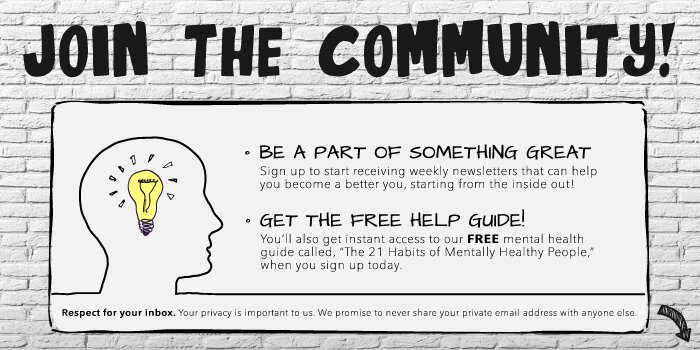What is Serotonin Syndrome?
Serotonin Syndrome—also known as serotonin toxicity, hyperserotonemia, serotonergic syndrome or serotonin storm—sounds like a disease, but it is actually an adverse drug reaction that results from combinations of prescription and/or illicit drugs. Serotonin syndrome is a rare but potentially fatal consequence of excess serotonergic activity at central nervous system (CNS) and peripheral serotonin receptors. This means that the brain becomes flooded with the neurotransmitterserotonin, a mood-regulating chemical in the brain.
One possible way of developing serotonin syndrome by combining a migraine medication known as triptan (brand names include Imitrex, Zomig, Frova, Maxalt, Axert, Amerge, and Relpax) with antidepressants of the SSRI ( Celexa, Zoloft,Prozac, and Paxil) and SNRI (Cymbalta and Lexapro) varieties.
Another example of serotonin syndrome is when an SSRI (selective serotonin reuptake inhibitor) is combined with a stimulant such as amphetamine or MDMA, the illegal drug known as “ecstasy”. Another antidepressant type, MAOI(monoamine oxidase inhibitors), can be fatal when mixed with these illicit substances.
There are various combinations and amounts that cause serotonin syndrome. Only about 14 to 16 percent of persons who overdose on SSRIs actually end up experiencing serotonin syndrome. Typically, it is only when drugs with completely separate mechanisms are combined that things turn really dangerous.
Symptoms are usually experienced within minutes to hours of combining drugs, and may include:
- Hypervigilance
- Hallucinations
- Headache
- Loss of motor skills
- Accelerated heartbeat
- Overactive reflexes
- Shivering
- Sweating
- Muscle twitching
- Diarrhea
- Nausea
- Vomiting
Though serotonin syndrome is relatively rare, patients taking serotonergic drugs who have sudden onset of symptoms should seek medical care immediately.

